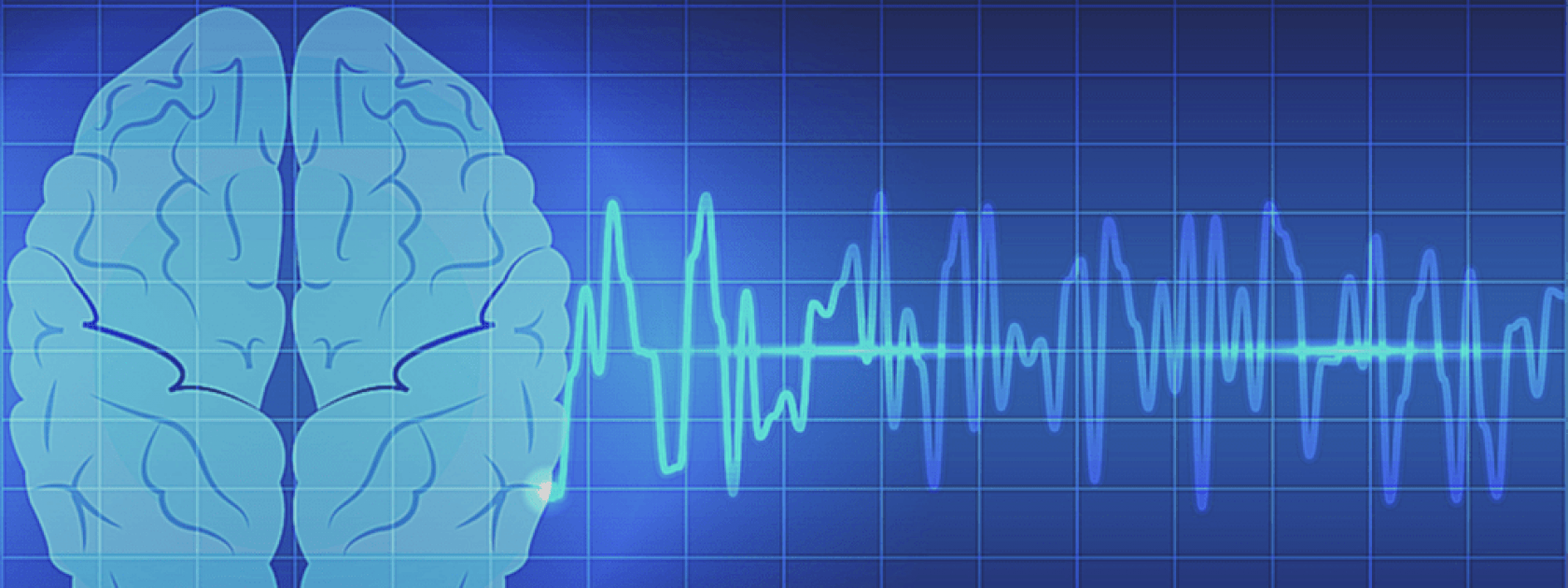Emma Plater & Tushar Sharma (in collaboration with Dr. Ryan Peters at the University of Calgary)
Background: Cutaneous reflex responses are important for the successful maintenance of balance during walking and standing. If we can enhance these reflexes using the stochastic resonance phenomenon, it may have beneficial effects on balance in populations with deficiencies.
Purpose: To enhance cutaneous reflex generation using the stochastic resonance phenomenon.
Eligibility: Healthy, young adults (18-40 years old) with no history of neuromuscular disorders.
Contacts: tushar@uoguelph.ca (Tushar), platere@uoguelph.ca (Emma)
What has been found so far?
Priplata et al. (2002) found that postural sway during quiet standing can be significantly reduced in both young and old populations through noise with the use of stochastic resonance. This study provided the suggestion that a noise-based device (vibrating shoe insert) may be a viable approach to overcoming age-related sensory loss.
Dhruv et al. (2002) showed that the fine-touch sensitivity at the first metatarsal phalangeal joint was enhanced with the use of electrical noise. This was analyzed using Semmes-Weinstein monofilaments and was found to be consistent across the entire population, again suggesting that noise-based techniques may potentially be able to overcome age-related sensory deficiencies.
The Bent Neurophysiology Lab, in collaboration with Brian Dalton at the University of Calgary, suggested in Sharma et al. (2020) that the reduction of postural stability in the aging population is a result of the reduction in reflex generation, specifically with regards to the FAI receptors. The study then demonstrated that 20% perceptual threshold noise resulted in enhanced reflex responses in both the time and frequency domains. Thus showing that cutaneous reflex generation can be enhanced using a stochastic resonance technique.
Where are we headed?
The Bent Neurophysiology Lab is looking at techniques to enhance cutaneous reflex responses using stochastic resonance. It is hopeful that using stochastic resonance to enhance these responses will be beneficial in the ability to maintain balance across populations with deficiencies.


